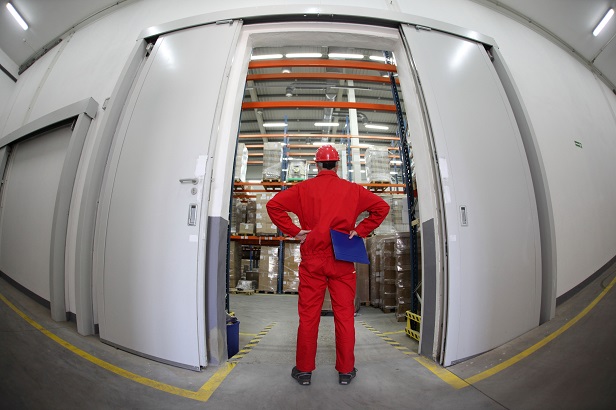As consumers demand faster deliveries, warehouse operators are making investments to keep up.
Already they’re buying technologies like automated storage and retrieval systems. Soon, drones and autonomous vehicles will likely contribute to more efficient and responsive supply chains and greater productivity for industrial assets, according to a new report from NAIOP.
But logistics technology won’t be the only innovative upgrades. According to report authors, Steve Weikal, lecturer, researcher and CRE Tech lead, MIT Real Estate Innovation Lab, and James Robert Scott, lead researcher, MIT Real Estate Innovation Lab, innovative approaches to distribution are driving the adoption of multistory warehouses and micro-distribution centers.
Weikal and Scott expect data analytics and artificial intelligence to increase the efficiency of supply chains. As data is collected along the supply chain and from operations within buildings, it should help developers make better locational decisions and improve facilities’ operational performance.
While technology is here to stay, humans aren’t going anywhere. Weikal and Scott say robots, sensor networks and AI will make the workplace safer and more efficient. They will also allow human workers to focus on creative problem-solving.
As technology proliferates, logistics operations will expand into new places, which should blur the line between retail and industrial real estate, according to Weikal and Scott.
“Increased throughput from new technologies can make multistory warehouses and micro-distribution centers more cost-efficient, and relatively compact automated storage and retrieval systems can allow retail property owners and their tenants to add logistics uses to existing buildings,” Weikal and Scott write.
This latter point—using existing retail buildings for logistics uses—has been an increasing focus in the CRE community. In a recent report JLL highlighted the potential of mixing the customer inventory warehouse space with traditional retail real estate.
“Retail owners are increasingly looking at micro-fulfillment centers and logistics nodes that can sit right behind stores,” JLL said. “The model puts click-and-collect, in-store shopping, and the fulfillment of online and pick-up orders in one place, located close to where people live.”
That said, full-scale redevelopment of malls to logistics centers can come with significant drawbacks.
Converting these malls to fulfillment centers, apartment complexes, schools or medical offices could reduce their property values anywhere from 60% to 90%, Ryan Preclaw, a research analyst at Barclays, told CNBC’s “Worldwide Exchange.”
